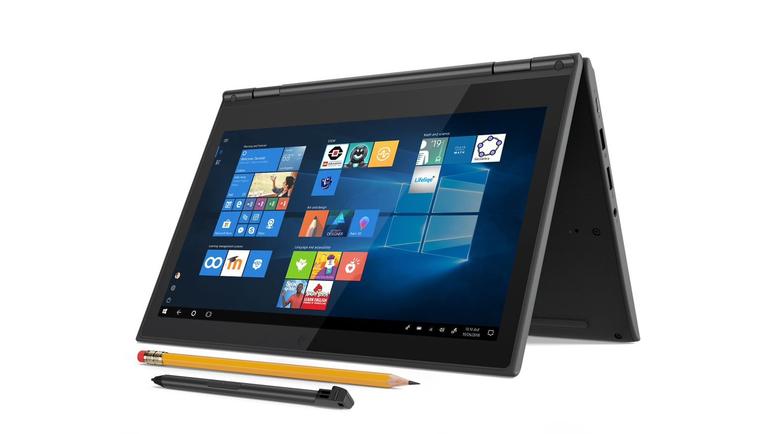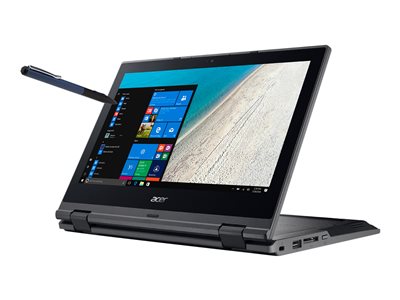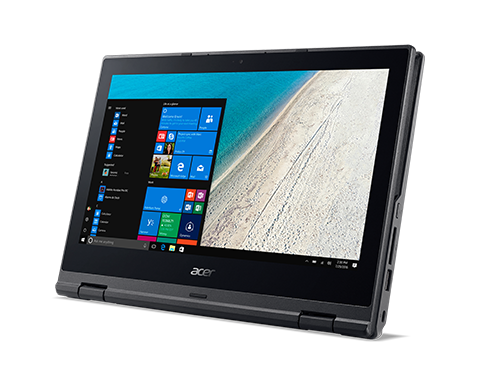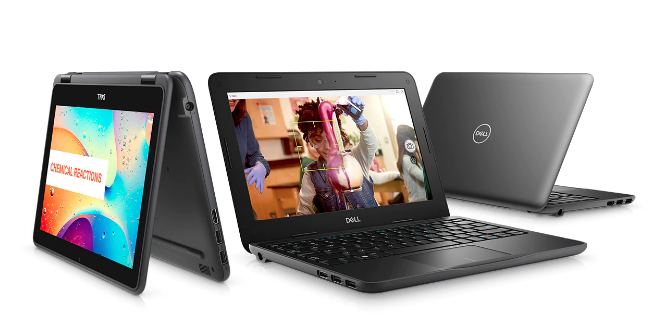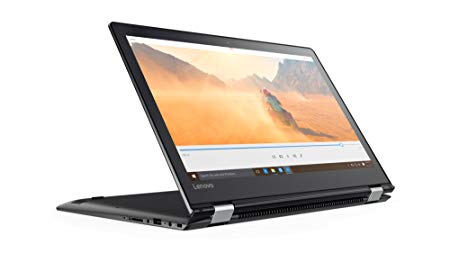As we pointed out in this previous article, Microsoft is on the defense as Google Chromebooks steadily eats into its traditional market, the desktop PC space.
And why is that?
Well, Chromebooks have been getting more powerful and can do more tasks online. They have incredible battery life, and now they can run Android app. However, what really makes them appealing is the fact they are affordable, and Google sure as hell doesn’t sell you the ChromeOS.
On the other hands, Microsoft has been selling us Windows OS from the start. Most laptops running Windows have poor performance on battery life. A user must purchase both the device plus the operating system (Windows license from Microsoft) both of which, you must pay a good sum.
Chromebooks in Classrooms and Workplaces
Learning institutions and workplace are finding its more affordable to equip students or workers with Chromebooks than Windows laptops. For reasons, some of which have been mentioned above.
Well, this development is not favoring Windows, which over the years has been making huge profit out of being the most popular desktop computing operating system. Given the popularity of Android mobile OS, and the fact that ChromeOS now enables users to port them into Chromebooks. Windows could very well lose its number one desktop computing operating system to ChromeOS.
Microsoft released 7 Windows Laptops to counter Chromebooks
The war drums between Microsoft and Google have been ‘drumming.’ Microsoft in conjunction with its partners Acer, Dell, and Lenovo have launched seven new Windows 10 devices at the annual Bett conference, designed to take on the Chromebooks. They are:
Acer TravelMate B1?(B118-M)
Acer TravelMate Spin B1?(B118-R/RN)
Acer TravelMate B1-141?
Dell Latitude 3300 for Education
Lenovo 100e
Lenovo 300e? (2-in-1)
This device comes with a unique garaged stylus, should you lose it, you can write on the screen using any regular No. 2 graphite pencil.
Lenovo 14w
PS: All the above-mentioned devices are incredibly affordable, starting at just $189. They all run Windows 10 S, so schools can rest assured the apps are Microsoft-certified and perhaps not with bloatware.



